I’ll admit it: I didn’t take DZO Film optics seriously when they first arrived on the market. With their entry-level pricing, I assumed the optics, mechanics, and consistency would fall short of professional use — destined to fade out in a crowded lens market. I was wrong.
When I first tested the original DZO Arles primes, I was stunned by how natural they looked. The way the image rolled off into defocus — both to infinity and close focus — was soft, organic, and cinematic. I’ve even intercut them with Master Primes, and no one noticed.
Enter the DZO Arles Lustre.
FIRST IMPRESSIONS
I describe the look of these as if a Cooke S4 stole style points from a Canon K35 and wrapped itself up in a warm, Full-Frame bronze housing. Yes, lens cosmetics shouldn’t matter, but the bronze-colored housing is gorgeous. It feels like pulling some vintage glass out of a WWII-era trunk, with just the right amount of nostalgia baked in.
But the look is what matters, and from the moment you mount them, one thing stands out: character. Not the harsh, gimmicky kind with neon-blue anamorphic-style streaks, but a subtle character that shifts the image just enough to make you lean in to see what is happening.
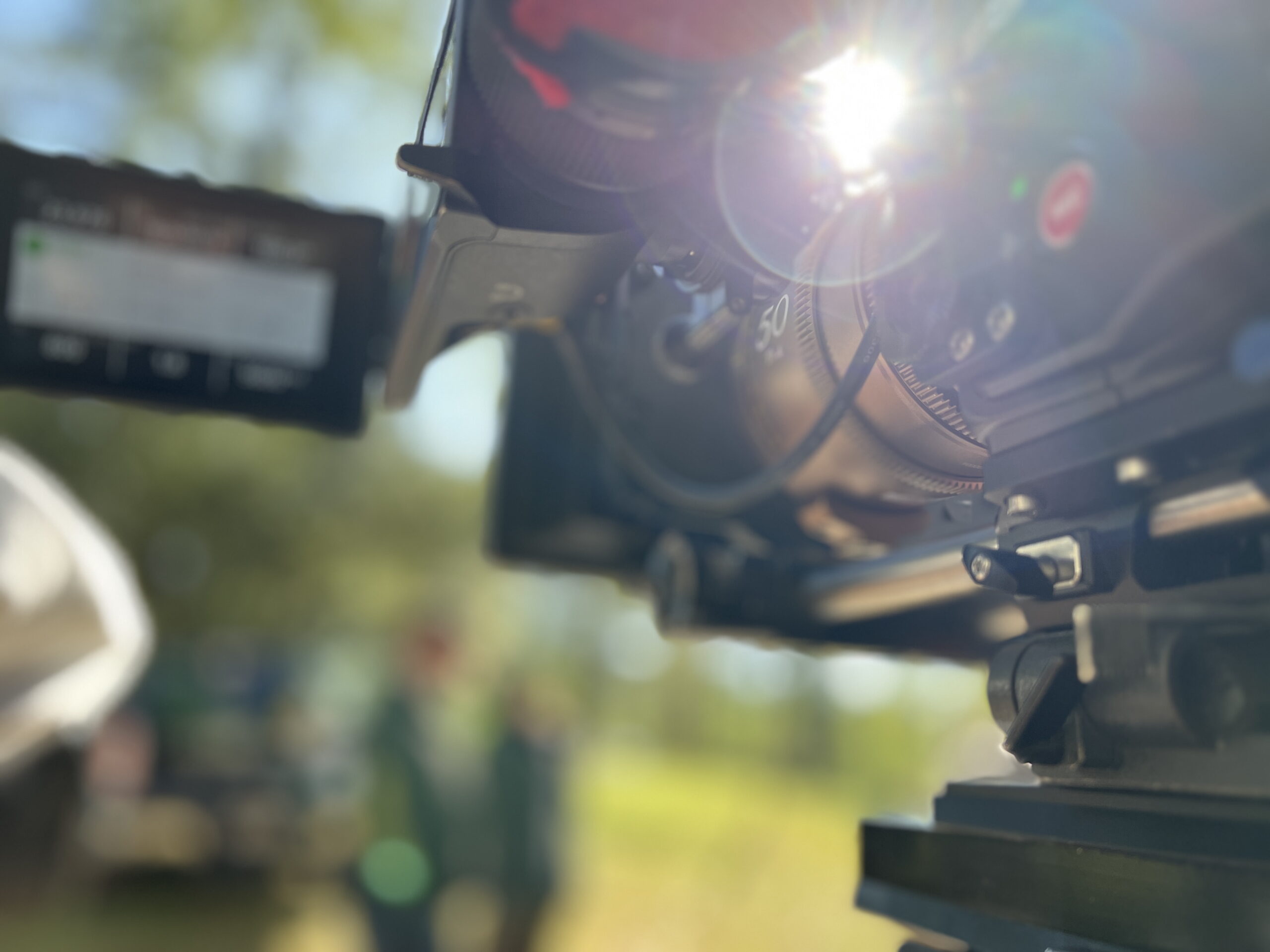
THE LOOK
I tested the Arles Lustre’s on two very different projects:
1. A PSA on the ARRI Alexa 35
My main glass was the classic Zeiss Master Primes, known for their natural-looking sharpness with a painterly and organic smoothness to color and contrast, as well as their resistance to flare. The Arles Lustre’s also share that soft quality and roll-off, but with their own quirks. They also hold that very dimensional perspective with foreground and background.
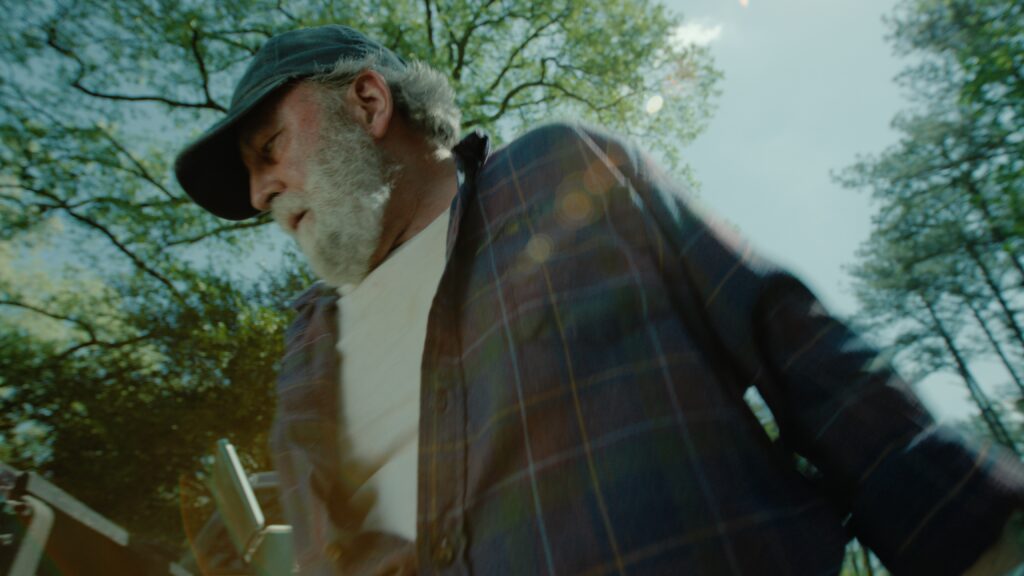
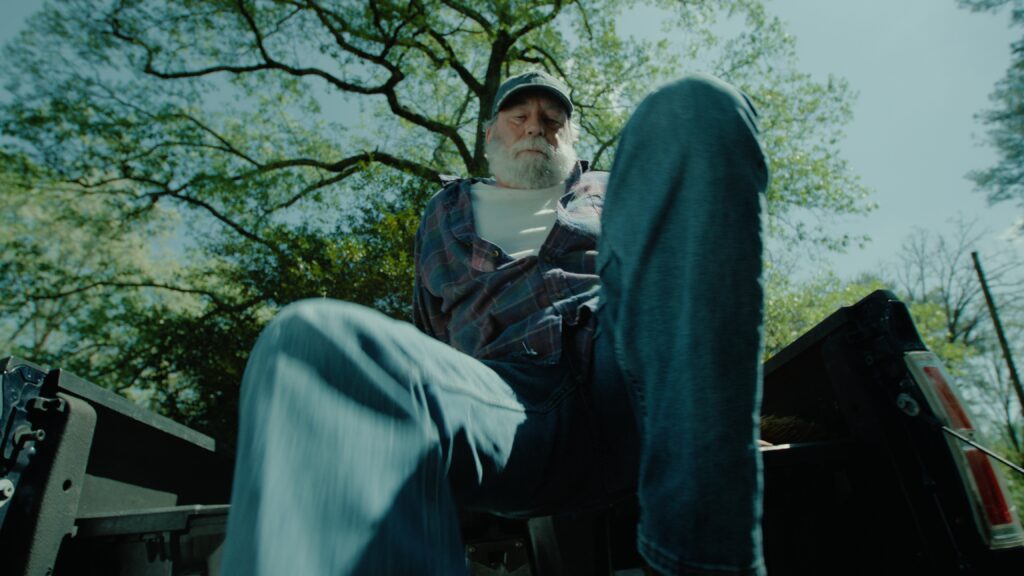
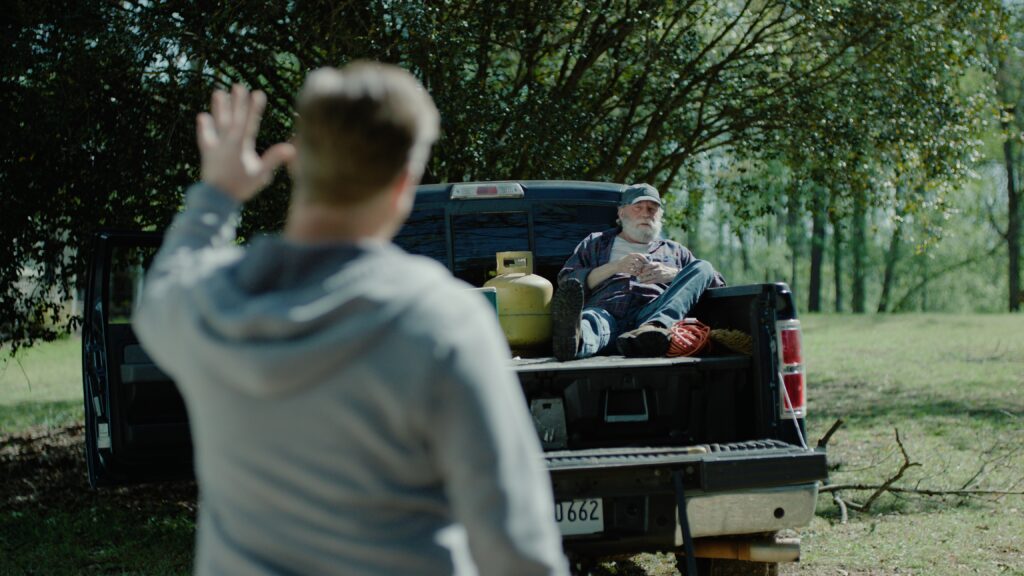
Unlike the Master Primes, the Lustres aren’t shy about interacting with light. In fact, they produce warm, almost cosmic flares that add energy without overwhelming the frame. On one shot, a wide 14mm at f2.8 handheld, the flare was sun-kissed and inviting, adding an almost “impressionist” brushstroke to the image. Even stopped down, they kept that painterly warmth without feeling like a filter trick.
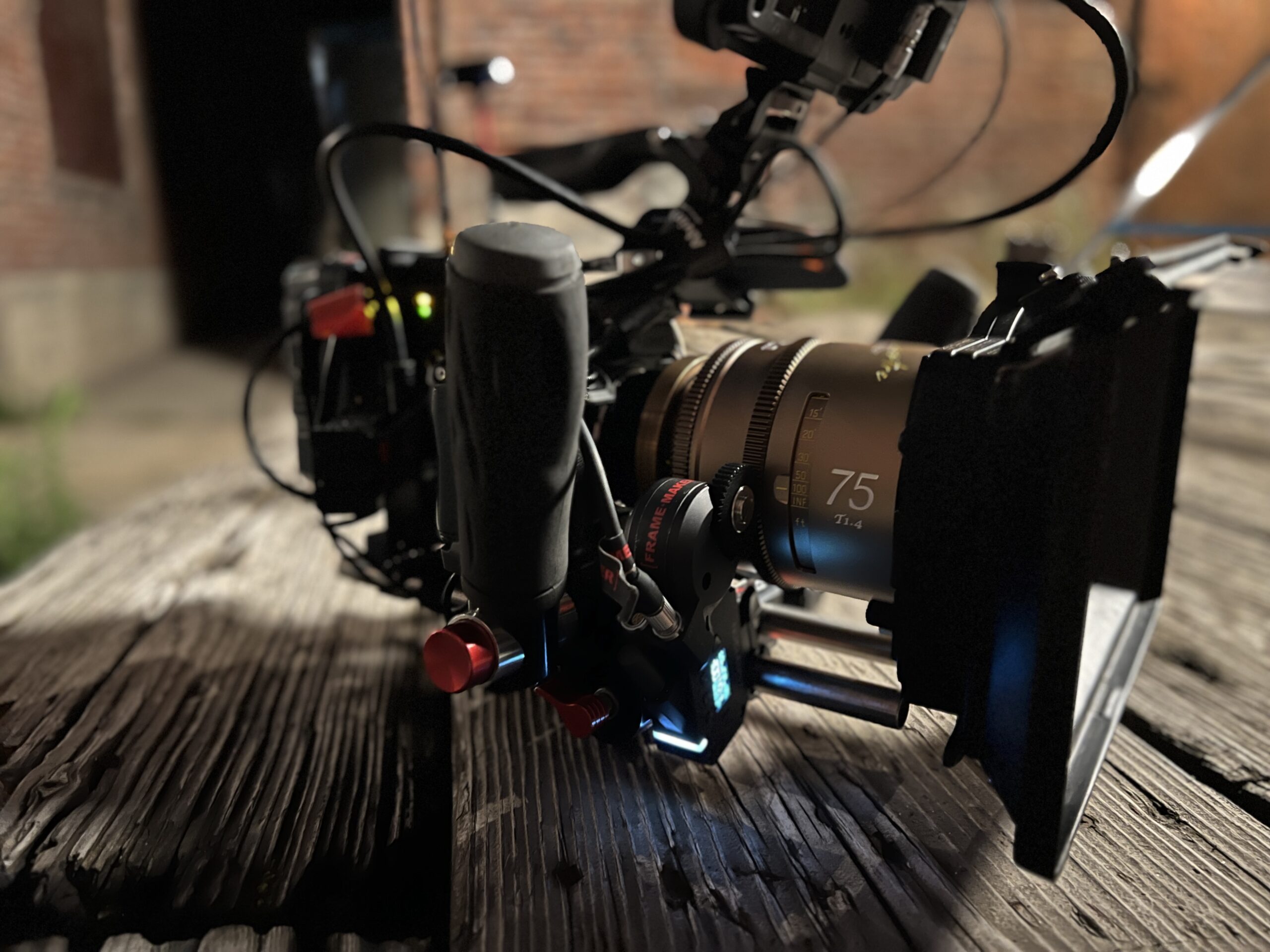
2. A Short Film on the Panasonic Lumix S5IIx (Full Frame)
Here, the lenses showed off their versatility. Compact and lightweight, they built easily into a stripped-down handheld rig for the entirely practical location shoot. The build quality is solid:
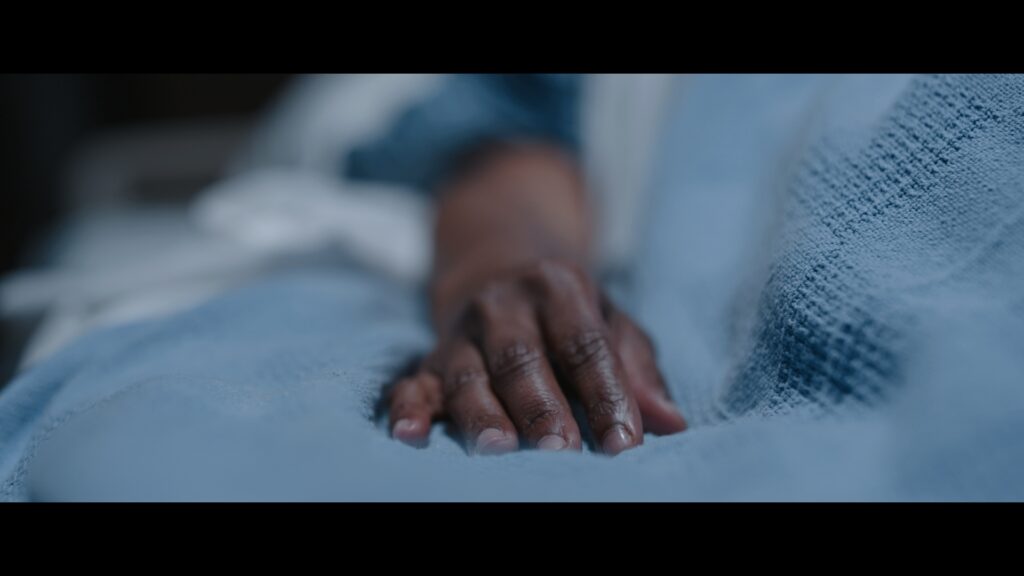
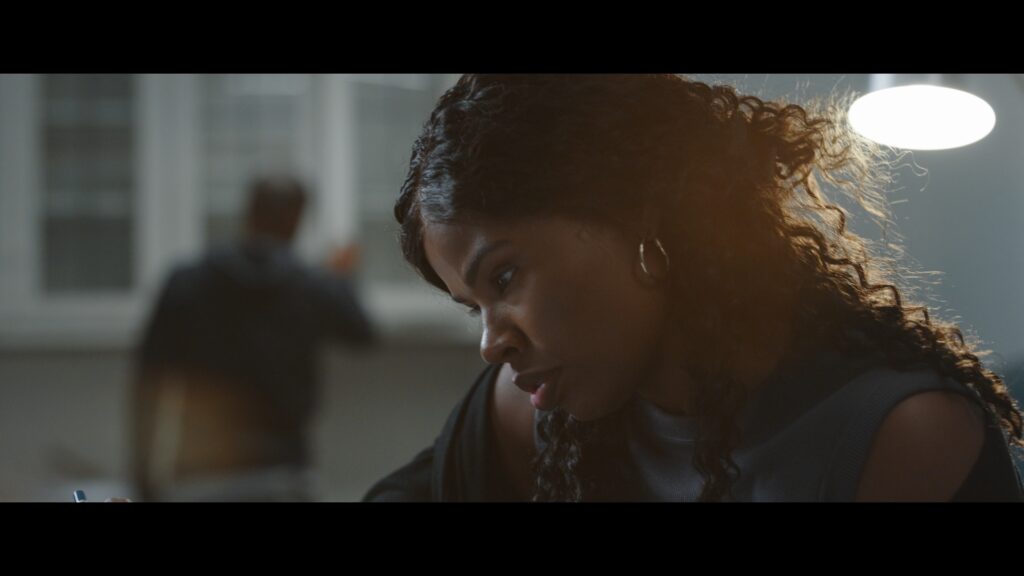
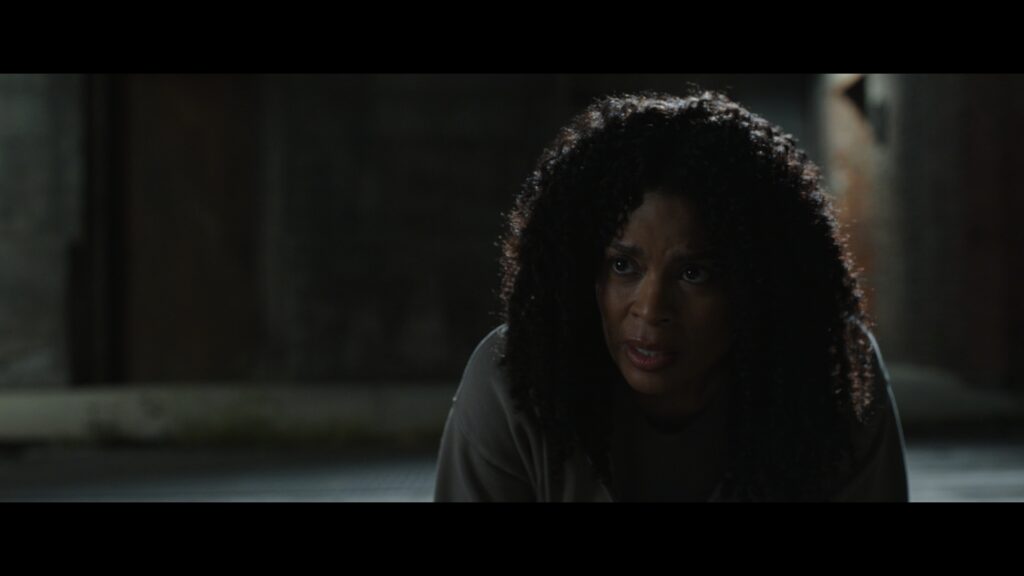
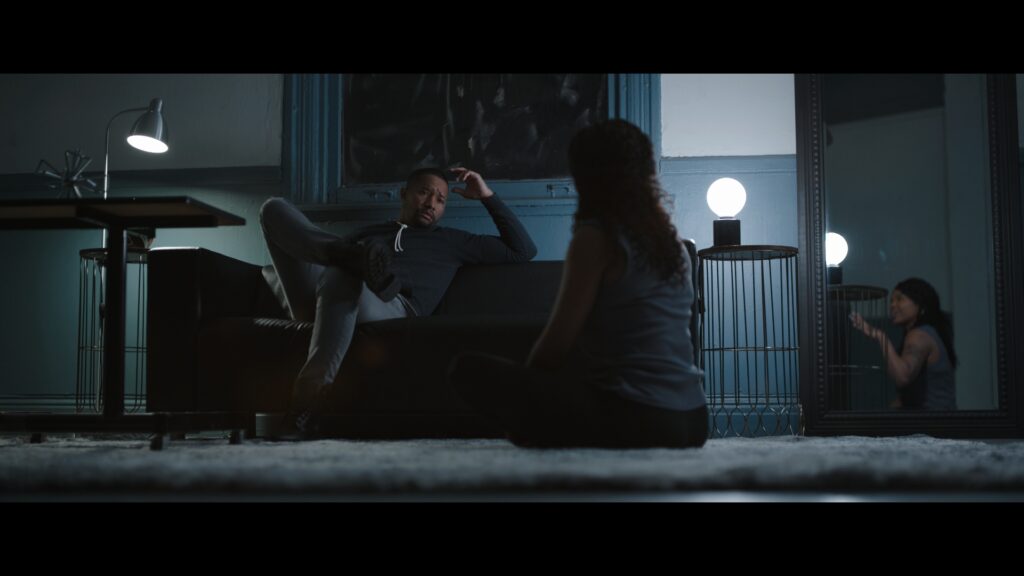
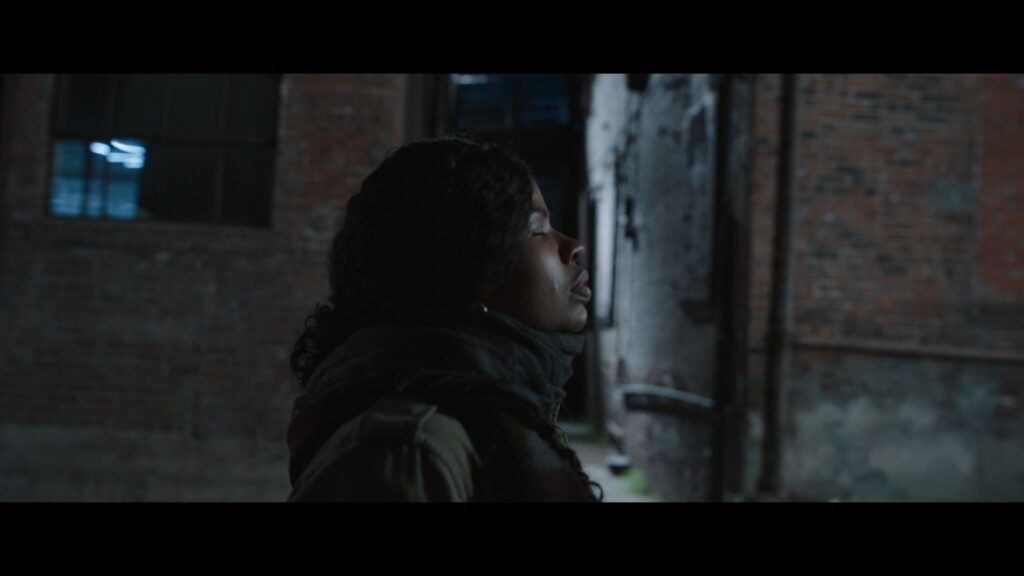
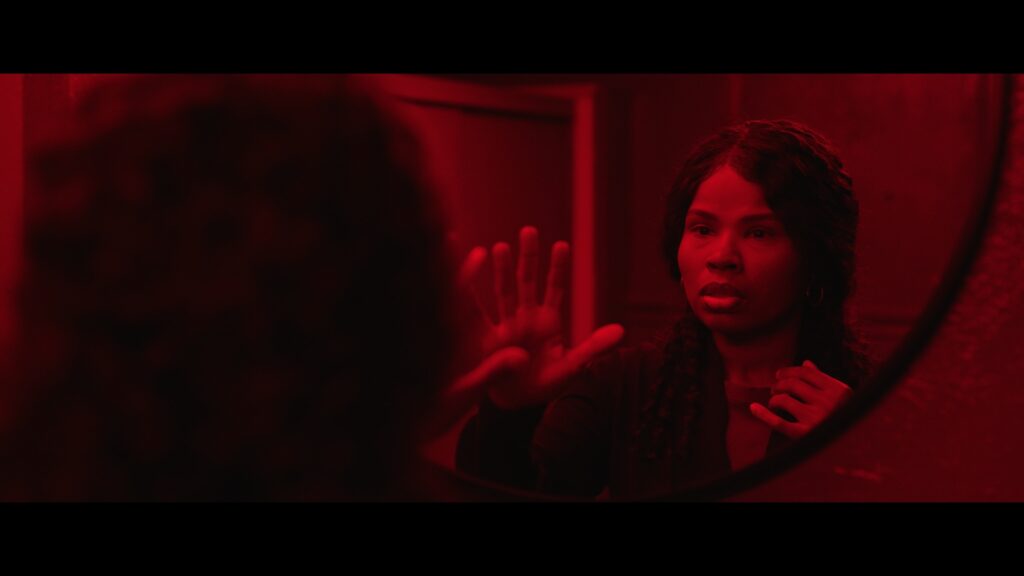
Again, the traits were consistent: a soft roll-off, warm flares, and painterly rendering that felt organic in both subject detail and out-of-focus areas.
Another fun thing I was looking at with these lenses on this short film was the natural warmth the lenses have and what that could do with darker complections and skin tones. I remember using nuanced gels on lighting when we shot mostly film to help bring more vibrance and depth to darker skin tones. I specifically remember the Lee 184 Cosmetic Peach gel. As expected, these lenses added their warmth and vibrancy subtly into skin too, helping to push a little color density in without making anyone appear unnatural. That’s a fun bonus!
BUILD & QUALITY
- Minimal breathing
- Uniform gear placement
- Rock-solid PL mount (others avalable)
- 95mm Standard front diameter
- The idea that you can add rear filters! (magnetic option)
Add to that full-frame coverage at T1.6, and you’ve got a set that turns heads.
The focus throw is smooth with good resistance, the weight is balanced without being heavy, and the overall design feels ready for professional abuse. They don’t have the “plasticky budget lens” vibe at all.
For operators and DOPs, that means confidence. You can pull them off the shelf and onto an indie feature and trust they’ll hold up mechanically and optically.
FINAL THOUGHTS
The DZO Arles Lustre primes feel purposeful. They aren’t for every situation, but for anything that you want to feel the sun, or add a subtle warmth too. These could be a fun tool
Honestly, if these lenses carried the engraving of a legacy brand, they’d already be celebrated as a modern classic. Instead, they’re still flying under the radar because of the DZO name and their lower price point. But make no mistake — these are not “budget-only” tools. They’re serious cinema glass with a voice of their own.
A special thanks to Elena Zhang from the marketing team at DZO for the opportunity to test these lenses. Also, a special thanks to Grg Magidow at Keslow ATL.

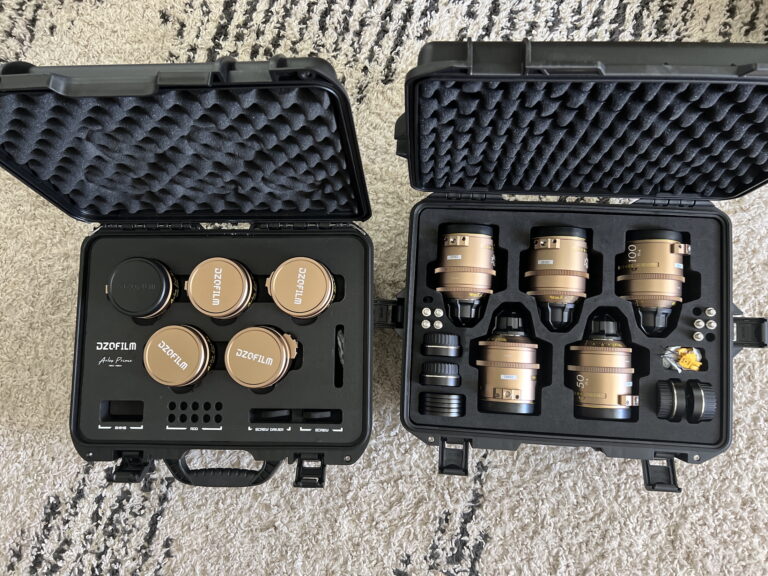
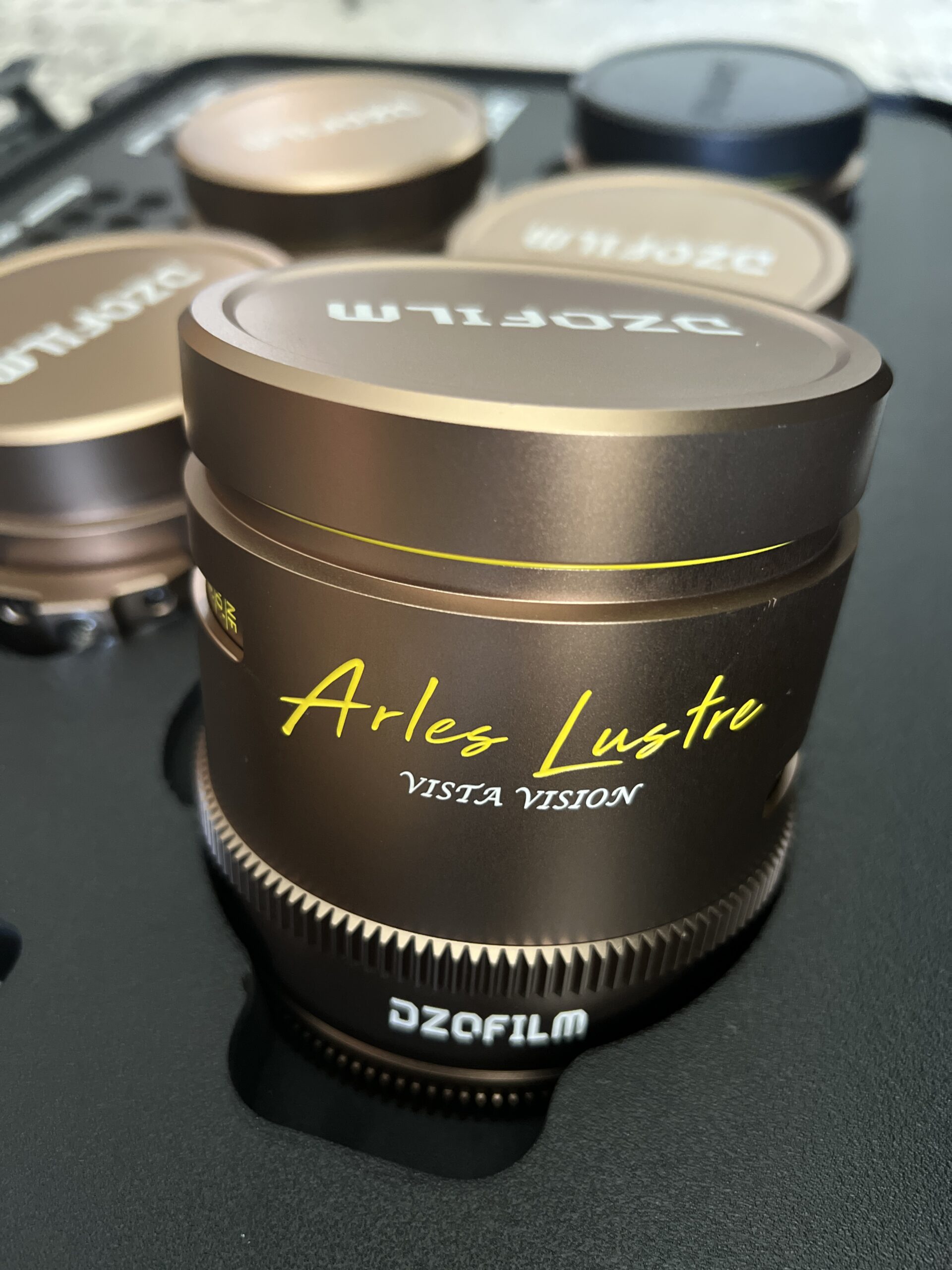
You must be logged in to post a comment.